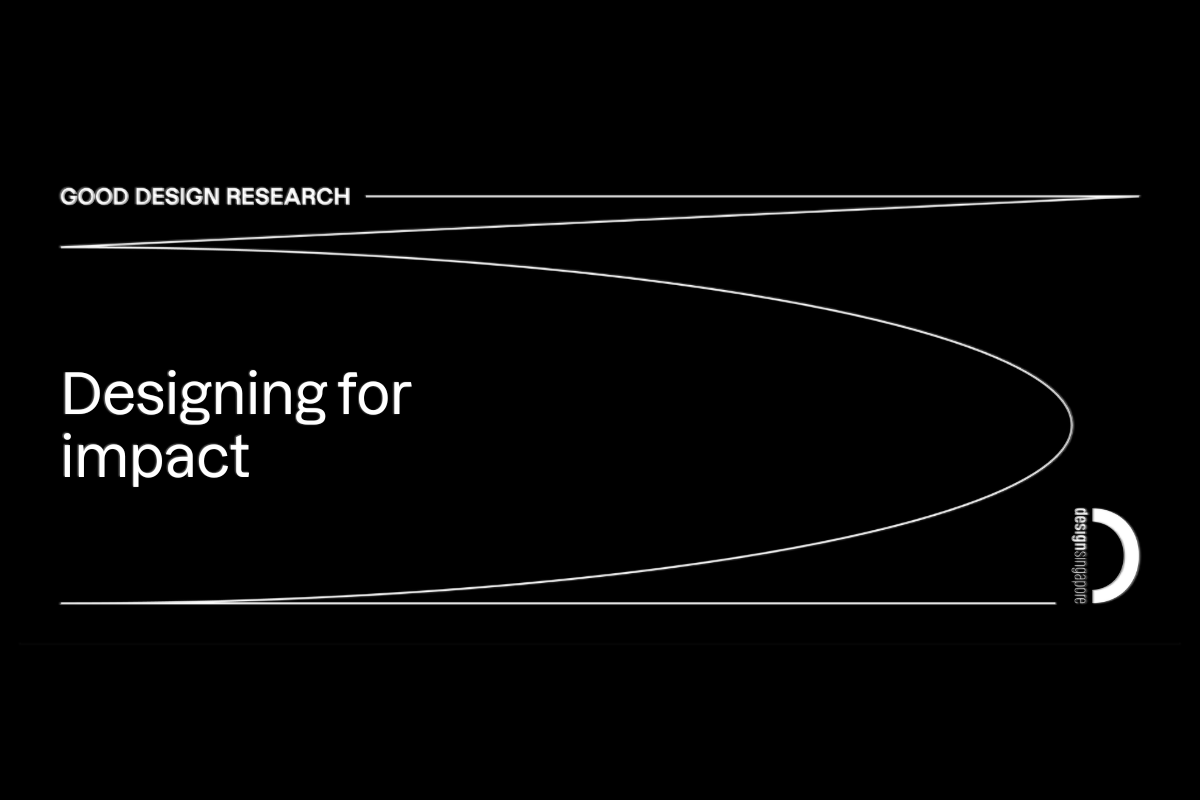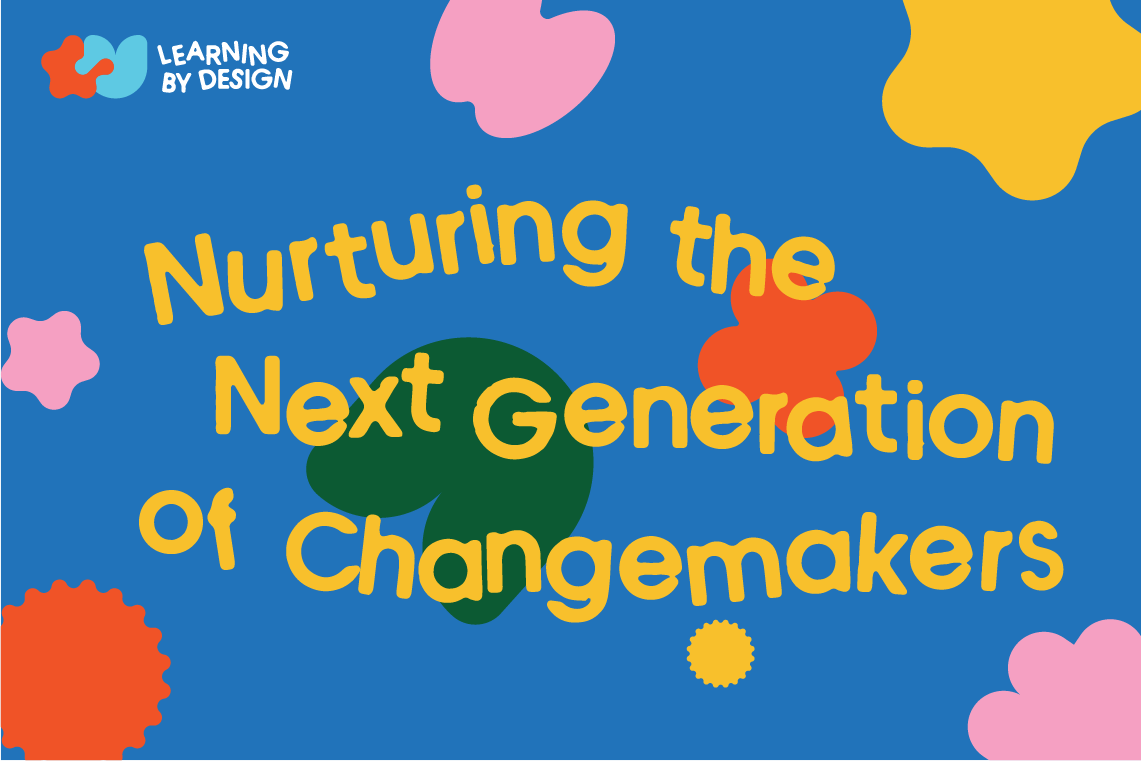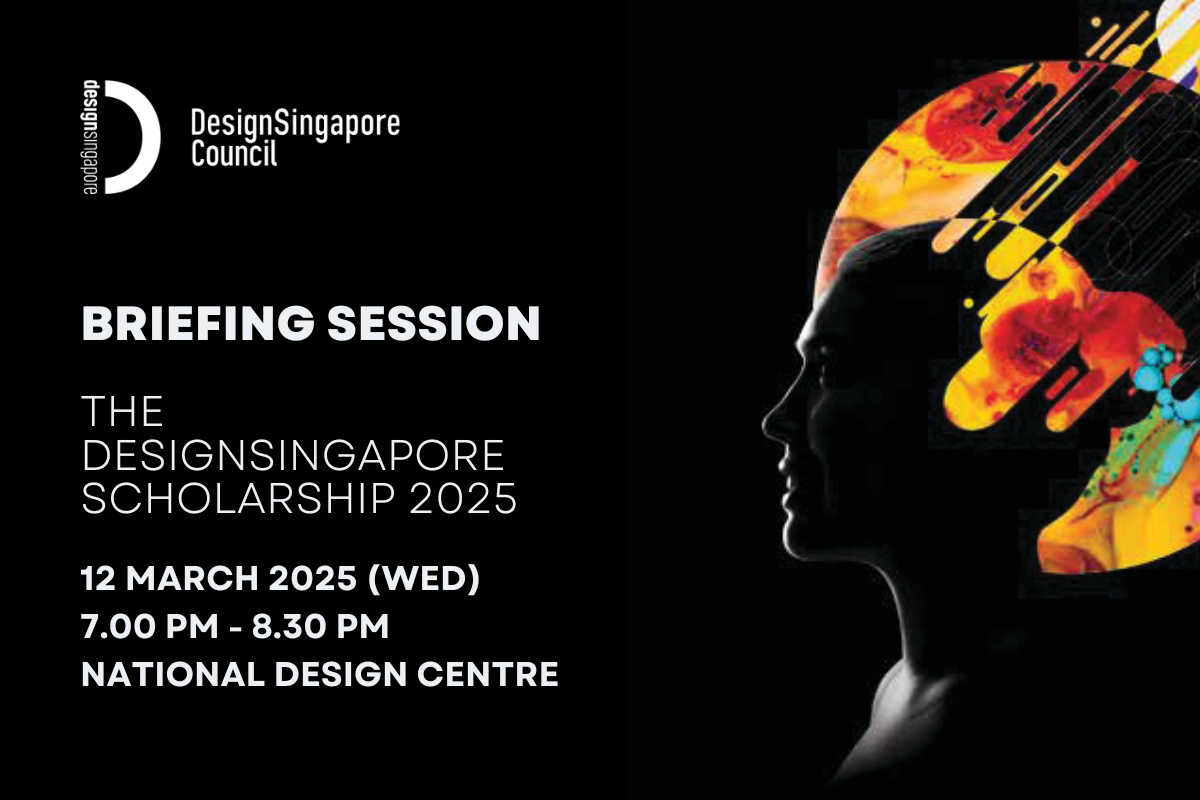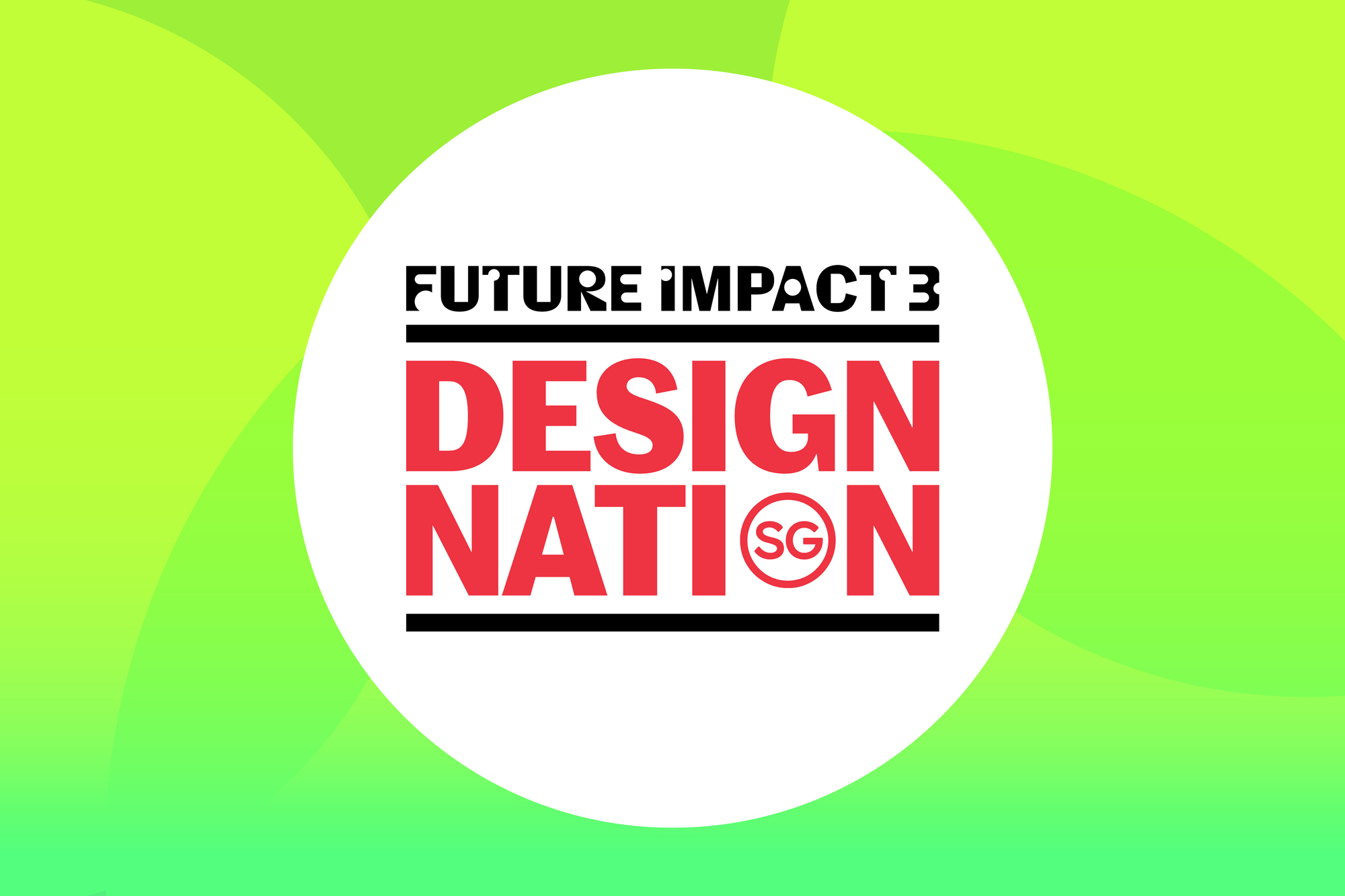Matte Lim Believes Design Can Help Us Thrive in the AI Future
The rise of new technologies such as artificial intelligence has transformed society and culture, but design’s interdisciplinary approach offers a way of navigating these uncertainties and create a more human-centric tomorrow, says the DesignSingapore Scholar.
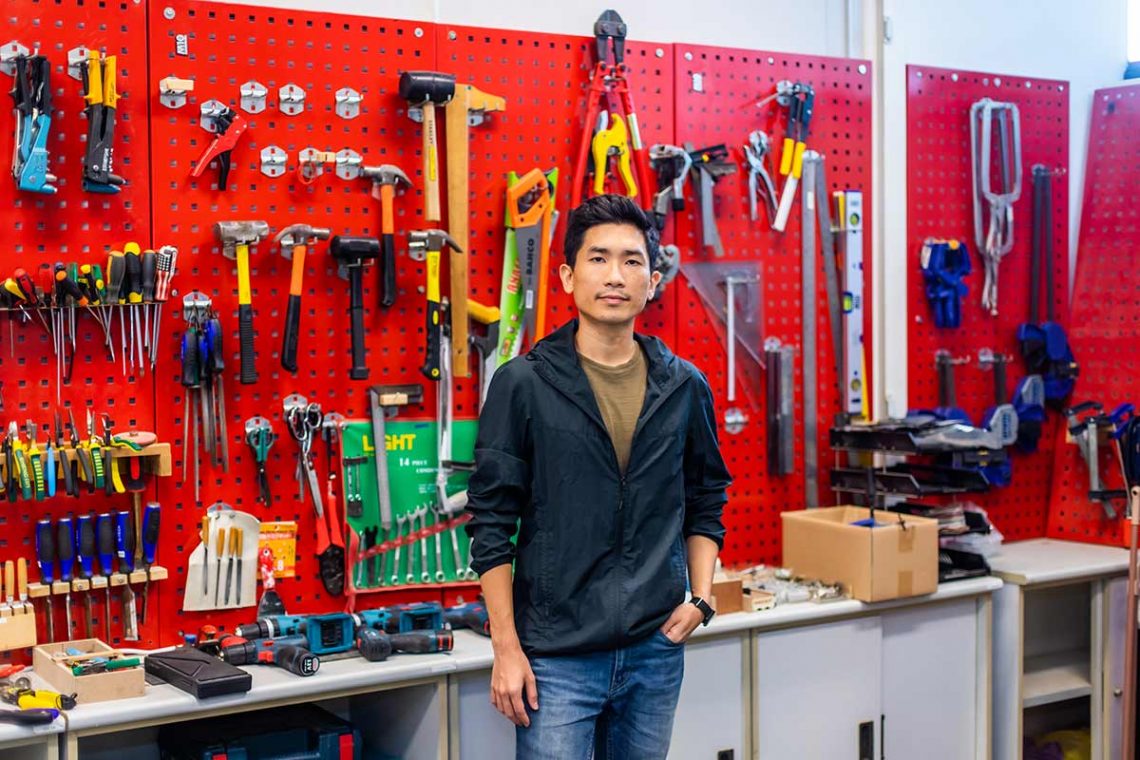
He is a designer, a technologist, and an artist. He writes, codes, and previously taught in a junior college too. You could either call him interdisciplinary or someone who is all over the place. But to Matte Lim, he simply loves working between worlds.
“I’ve always been interested not in one or the other, but in both. Where I’m comfortable is sort of in between,” he says.
In junior college, the science stream student also took art as a subject out of personal interest. His desire to pursue a career related to both science and art led him to apply to study architecture in a local university at first. After interning at an architecture firm and a design studio, however, Lim realised he preferred the latter instead because design projects took less time to complete, and its impact was not confined to a physical location. In 2012, he left Singapore to pursue industrial design at the Rhode Island School of Design (RISD) in the United States.
“I identify as a generalist, and I feel industrial design is one of those fields where you can be one. You have disciplinary skills, but the role requires you to understand many different things and work with different people,” says Lim.
While he thoroughly enjoyed studying design, it was never enough. During his third year at RISD, Lim took an introductory class on physical computing, which ignited his interest in coding and digital technologies. He began taking classes in computer science and cognitive science at RISD’s sister school, Brown University, so much so that he needed approval from his department head because he was spending more time in the latter.
“Design and its role in technology really became very hot in the 2010s. It was the first time when you tell someone you are a product designer and you could be referring to both a developer of hardware and software,” says Lim who even completed a graduate certificate in computing from the National University of Singapore in 2022. “I just thought that software is increasingly a key aspect of everything we do. Be it designing systems or sensors, everything requires software.”
Design shapes culture too

He continued exploring the intersection of design and technology upon returning to Singapore in 2016. As part of sparkpluck, a design and technology studio cofounded by Lim and Loh Zhide, he created the “Stored Value” for SingaPlural, an anchor event of Singapore Design Week 2017. Visitors could use their personal EZ-Link cards, a contactless smart card used primarily for travelling on the Singapore public transport system, to tap on the rows of readers in the showcase, which will play recordings from around the city instead of the typical beep when a payment is recorded. These generated soundscapes are unique to Singapore.
More recently, the studio received a Good Design Research grant from the DesignSingapore Council (Dsg) in 2022 for the “VernaculAR” project to investigate the use of augmented reality to create “third places” in Singapore such that the past continues to live on in the present. They developed prototypes to digitally embed historical media of places within their physical environments so that anyone with a mobile phone can see them when they are in it.
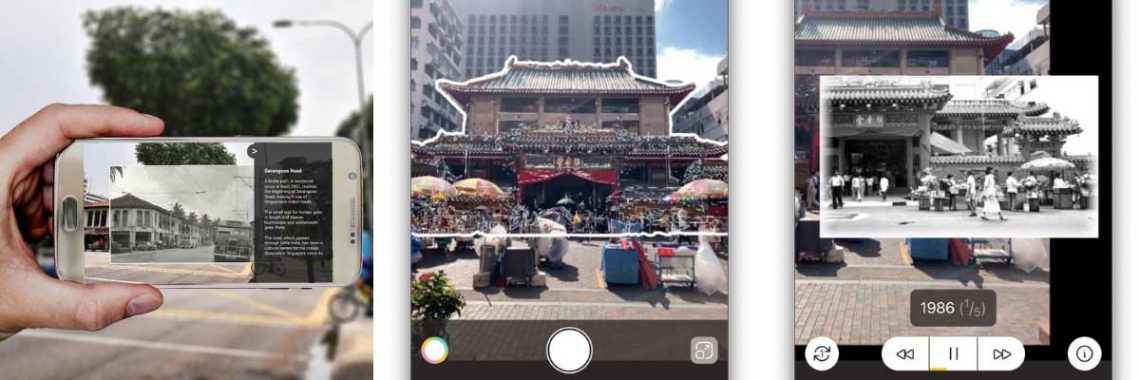
Both projects stemmed from Lim’s interest in the role of design and technology in culture, which are not things that people will typically associate with, he says. Yet, social media apps such as Facebook and Instagram are examples of commercially successful tech products that blend these areas together, shaping our everyday experiences to become far more visual than before.
“The way I think of design nowadays is it is the fashioning of paths of least resistance. When you create a tool or infrastructure, you are channelling people towards a direction of use or lifestyle,” says Lim. “The type of tools you have will create a certain type of culture. It is something that is linked together.”
Navigating a complex world with design
What started as an interest in working at the intersection of things has grown into a belief for Lim, particularly with the increasingly complex challenges the world faces today. He is convinced that emerging technologies are transforming societies in ways that cannot be fully predicted and professional roles can no longer be as clearly divided as before. It is a phenomenon Lim witnessed at his last job with the Design Factory @ the Singapore Institute of Technology, where he worked as a creative technologist under Associate Professor Agnes Xue who is part of the Design Education Advisory Committee that is reimagining design education in Singapore.

A lot of things are going to become murky and ambiguous. That’s where the challenges are most exciting and there is no one way of looking at the issue. If there is anything design prides itself in, it is exploring problem spaces and reframing the way we look at things from different perspectives.
— Matte Lim
As a lecturer at Hwa Chong Institution, Lim has sought to introduce design to his students. He was part of a team who established a makerspace in the college where students can learn craft and design thinking skills so they can develop prototypes and conduct research for their project work programme.

“There will always be gaps between disciplines. The idea was whether we could identify them and enable students to learn something that cuts across these gaps. Making and design education is this interdisciplinary subject that joins things together,” he says.
A desire to bridge such connections in his own practice led Lim to further his studies on a DesignSingapore Scholarship in 2023. He enrolled in the Master in Design Studies (Mediums) in Harvard University because the course allowed him to pick and choose subjects across the university to fashion his own idea of the future designer.
“I really think design in a couple of years will look different from now. What I’m interested in is pursuing some kind of in between. At this point, it is between design and computing and artificial intelligence,” he says.
Rethinking design and creativity for the future
One area of interest for Lim currently is how the rise of artificial intelligence will change the ways we work, and ideas of what work is. For instance, the roles of illustrators and graphic designers are coming into question as tools that can generate images by simply typing in text prompts get better with time.
“If complexity and generation of design is becoming computationally driven, maybe design work becomes about curating, choosing, and recognising the quality of something. We could argue that that is the basis of creativity,” he says.
Lim is not totally convinced and believes it is still important to know how a design is created because such tools have their limitations and biases. The many questions that emerging technologies throws up is why he believes it is important to have more conversations between designers, technologists, policymakers, and even the public on the future of design and technology. As a Dsg scholar, he looks forward to engaging other scholars across diverse design disciplines as well as people in the industry and government to expand such discourse.
Despite the many uncertainties artificial intelligence and other emerging technologies have brought forth, Lim continues to believe that design will continue to matter in the future.

AI can help you automate aspects of things you do, but it’s not going to automate design production or how people make sense of how people live in or the tools they need to adapt to the changing world. These are still very human roles that needs to be translated.
— Matte Lim
“Design is essentially a humanistic endeavour and there is optimism. What it means to me is that we can solve problems that address humanistic concerns and needs and there is always a way out.”




